This is the first piece in a blog series on NISSEM’s global briefs, a collection of peer-reviewed essays within the field of education.
Business-as-usual schooling in many countries is not engaging the hearts and minds of most children. Textbook-focused, rote learning and a focus on exams that measure cognitive, but not behavioral or social-emotional learning mean that the education Sustainable Development Goal (SDG)—that is, all children achieving basic levels of reading and writing at the primary level—is unlikely to be met.
In response to this global education challenge, a new publication from the global nonprofit networking organization NISSEM is turning this dynamic on its head. In a series of 42 briefs from more than 60 contributors around the world, the NISSEM publication points to the potential of textbooks and other printed material in the classroom as a key to better learning and building lifelong commitment to sustainable development.
Expanding upon the literature on social and emotional learning, which is typically focused on higher income countries, most of the briefs highlight practice and research in low-, middle-, or post-conflict countries. Section 1 begins with global issues around textbooks and the following eight sections range from the design of textbooks and other education support materials to areas where ministries of education can intervene at relatively low cost—with emphasis throughout on empowering textbook writers to help imbue students with knowledge, skills, and social commitment.
The briefs all address how education in countries with modest resources and struggling education systems can improve many of the goals in SDG Target 4.7: respect for diversity, responsible citizenship, and climate change, among other 21st century challenges. All of these require not just knowledge but also positive social and emotional learning (SEL), as well as proficiency in problem solving, collaboration, and creative thinking. The NISSEM global briefs offer three key points for policymakers:
1. Textbooks need to be aligned with the mission and vision of the SDGs, and in particular SDG Target 4.7, which calls for ensuring all learners acquire knowledge and skills needed to promote sustainable development.
2. Textbooks in low- and middle-income countries should embed SEL-supportive pedagogy and SDG Target 4.7 content.
3. Despite predictions of not meeting the SDGs, it is a realistic goal for donors and education ministries to create a new generation of textbooks with balanced academic, social-emotional, and behavioral dimensions as a matter of extreme urgency.
In this blog, we focus on the first key point, and future blogs will examine the other two. NISSEM puts forward a “selective strategy” of working with writers as a low-cost but high-impact option to optimize SDG4 outcomes, including SEL as an aspect of education quality. NISSEM takes the position that writers need to understand SEL and SDG Target 4.7 and to embed them in local educational materials.
Why is SEL important? First, it is foundational to the development of students’ “life skills” and to building a better society; this requires social skills, empathy, and responsible decisionmaking. Moreover, SEL development does not come at the expense of academic studies but supports them. Worldwide, currently there is increasing interest in “SEL” at the same time some of the themes advanced by the international community, such as respect for cultural diversity, gender equality, and culture of peace and human rights, may not be universally accepted. Each country needs to identify topics that relate to SDG 4.7 and their own key national priorities and, as several briefs highlight, even SEL needs to be defined within each cultural context. Moreover, textbook writers must be fully oriented on these topics and integrate them and their related pedagogies into textbooks, not to mention associated assessments and teacher professional development.
Ideally, textbooks can become tools for teaching and learning that consider not only individual cognitive and social competencies, but also understanding of societies, their conflicts, their transitions, and their cultures. Among all educational materials, textbooks stand out because they:
· embody the national curriculum and represent government policy
· frame teaching and learning in the classroom
· influence teachers who have less training but are tasked with covering curriculum and textbook content.
At the same time, authors need help to resist the temptation to overload textbooks with too many topics/objectives because experience shows that in low- resource and conflict settings, if textbooks are not low cost, they will not be widely used.
Textbook writers need to be aware of issues and teaching approaches that motivate different age groups and are prioritized by and acceptable to stakeholders in each context. Local surveys may need to be conducted on what is locally acceptable before writers can begin work. For example, parents in Malawi, Uganda, and Ghana (Matthew Jukes in brief 7, and Jisun Jeong in brief 9) value behavior that differs widely from the SEL frameworks developed in the U.S. In addition, different stakeholders within a country or community differ in what they value. For example, rural families in Ghana particularly value children’s obedience and respectful and cooperative behavior, while teachers in those same communities placed a higher value on curiosity.
Moreover, in countries with multiple ethnicities, religious groups, and geographies, contextualizing curriculum can be extremely complex. For example, Bethany Mulimbi (brief 19) argues that in Botswana education contributes to national unity by focusing on majority culture—but minority groups still need greater recognition. Elsewhere, problems associated with identity may present dramatic problems, as in Somaliland where teachers have been known to remove pages from textbooks if their identity group was not represented as reported by Alexandra Lewis in brief 20. Seungah Lee and Patricia Bromley (brief 3) argue that coverage of citizenship and environmental topics is increasing in national textbooks and curriculum policies, but there is still a long way to go. Katherine Blanchard and co-authors (brief 17) emphasize that textbooks must support an additive and inclusive identity based on SEL to support goals of social cohesion, global citizenship, and sustainable development.
SEL, SDG 4.7, and identity are closely related, but the concepts are complex and take different shapes in different settings. Poonam Batra (brief 22) explains that textbook writers need time and space to generate new and motivational content, and to support a lively pedagogy embedded within the books themselves. Collectively, the NISSEM briefs argue that a change of mindset is needed at the global and national levels, but that this is doable and that textbooks are a great lever for changing business as usual.
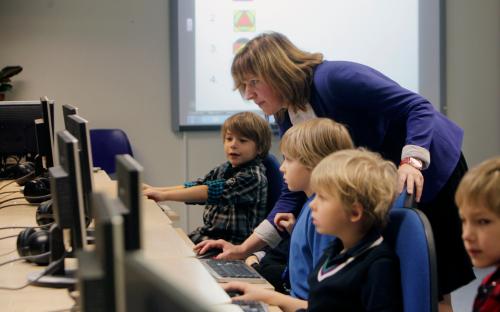
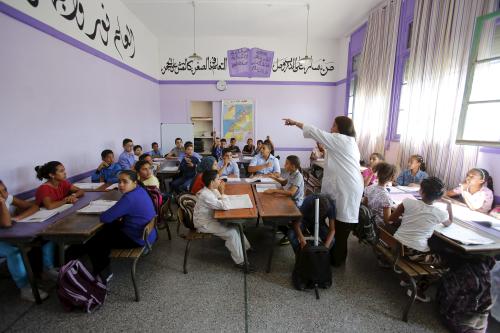
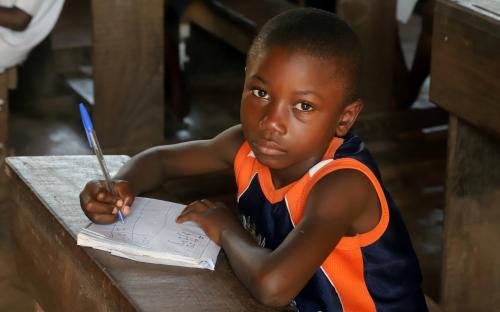

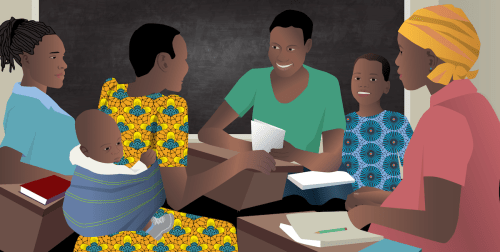

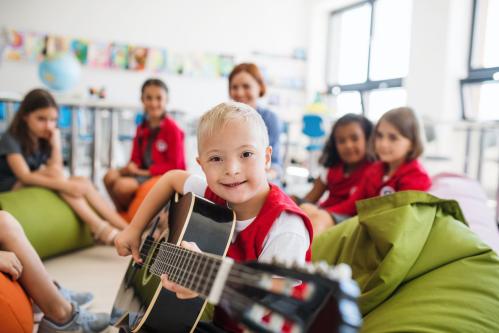
Commentary
Curriculum provides a learning pathway, but what do students see in the classroom?
October 8, 2019